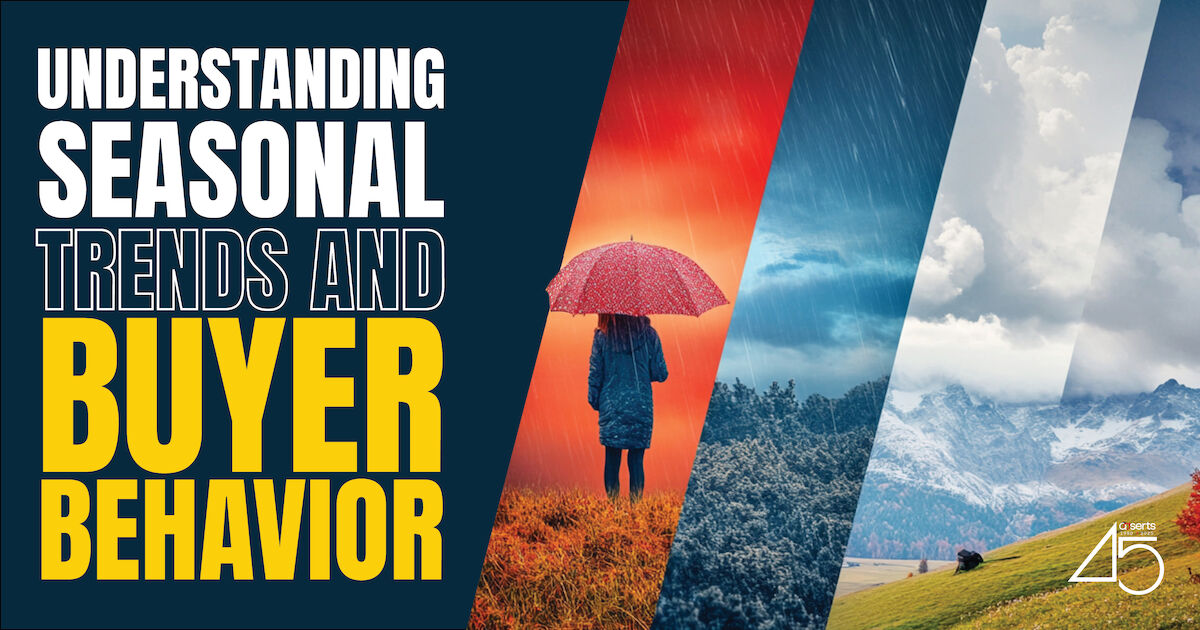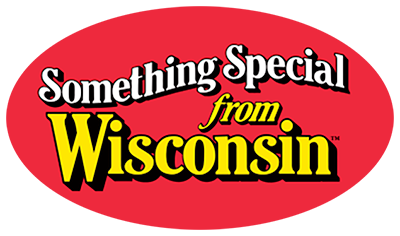Understanding Seasonal Trends and Buyer Behavior
By Tyler Van Kleef - Digital MarketerPosted on May 2, 2025

As an advertiser, recognizing and adapting to seasonal trends and buyer behavior is essential for optimizing your campaigns and maximizing return on investment (ROI). Different times of the year bring shifts in consumer habits, needs, and priorities. Understanding these patterns enables advertisers to create relevant, timely, and impactful marketing strategies that resonate with their target audience.
The Importance of Seasonal Trends
Seasonal trends refer to predictable changes in consumer behavior influenced by holidays, weather, or cultural events. These trends can significantly affect buying patterns, making it crucial for advertisers to:
- Capitalize on High-Demand Periods: Seasonal events like Black Friday, Christmas, or back-to-school shopping drive increased spending. Planning ahead allows advertisers to create targeted campaigns that capture this surge in demand.
- Avoid Wasting Ad Spend: Advertising during off-peak seasons without adjusting your strategy can lead to wasted budgets and poor performance.
- Enhance Relevance: Aligning your messaging and promotions with seasonal themes makes your ads more appealing and relatable to consumers.
Key Factors Influencing Buyer Behavior
- Holidays and Celebrations: Holidays such as Thanksgiving, Valentine’s Day, or national festivals often trigger specific purchasing behaviors. For example:
- Thanksgiving: Food and home goods see a spike in sales.
- Valentine’s Day: Consumers focus on gifts and flowers
- Weather Changes: Seasonal weather patterns influence product demand. For instance:
- Summer: Increased demand for outdoor equipment and swimwear
- Winter: Higher interest in warm clothing, heating appliances, and holiday decorations.
- Economic Factors: Seasonal consumer behavior can also be affected by economic conditions. For example:
- Tax season often sees increased purchases of financial services and tools.
- Economic downturns may lead to more budget-conscious purchasing during holidays.
- Cultural and Regional Variations: Understanding regional and cultural differences is key to tailoring seasonal campaigns. For example:
- Chinese New Year drives spending on gifts, decorations, and traditional foods in certain markets.
- In tropical regions, summer promotions may differ from those in colder climates.
How Advertisers Can Leverage Seasonal Trends
- Plan Ahead: Develop a content and advertising calendar based on key seasonal events relevant to your industry. This ensures you’re prepared to launch campaigns at the optimal time.
- Analyze Historical Data: Review past campaign performance and consumer data to identify trends and anticipate future behavior. Tools like Google Analytics or customer relationship management (CRM) platforms can provide valuable insights.
- Segment Your Audience: Different demographics respond to seasonal events in unique ways. Segment your audience based on factors such as age, location, and purchasing history to create personalized campaigns.
- Tailor Messaging and Creatives: Align your advertising content with seasonal themes and buyer intent. For example:
- Use holiday-themed imagery and slogans.
- Promote products that are in high demand during specific seasons.
- Optimize Budget Allocation: Allocate more budget to high-performing channels and campaigns during peak seasons. For instance:
- Increase paid search and display ad spend during Black Friday.
- Focus on social media ads for holidays that encourage visual engagement, like Christmas or Easter.
Click here to learn more about building a marketing budget that works.
- Incorporate Real-Time Marketing: Capitalize on emerging trends or unexpected events that influence consumer behavior. For example:
- Promote umbrellas or rain gear during an unexpected rainy season.
- Highlight home fitness products during sudden gym closures.
Understanding seasonal trends and buyer behavior is critical for advertisers aiming to stay ahead in an ever-changing marketplace. By anticipating consumer needs, tailoring your messaging, and strategically allocating resources, you can create campaigns that resonate, drive engagement, and deliver measurable results. Seasonal trends aren’t just opportunities—they’re a roadmap to building stronger connections with your audience and achieving sustained advertising success.

